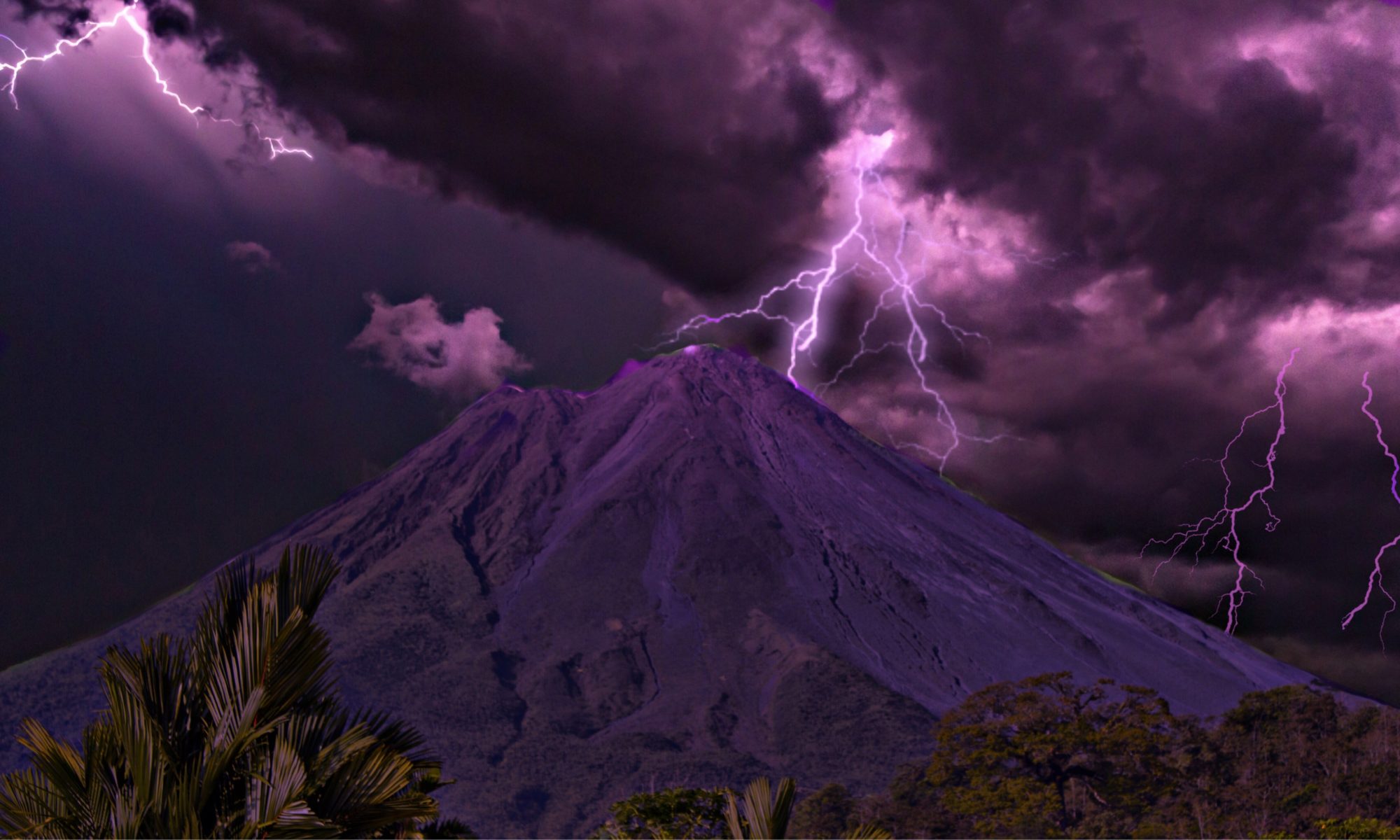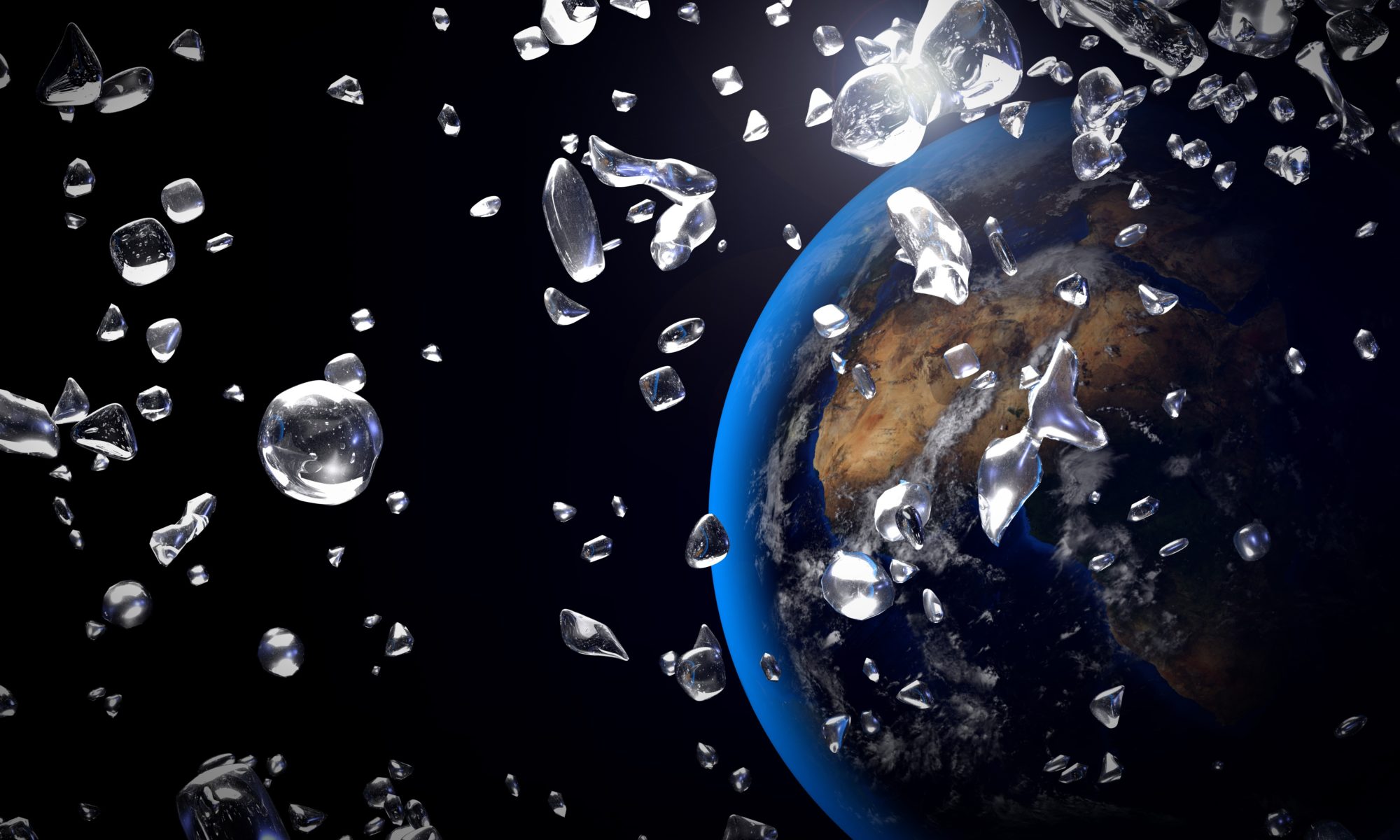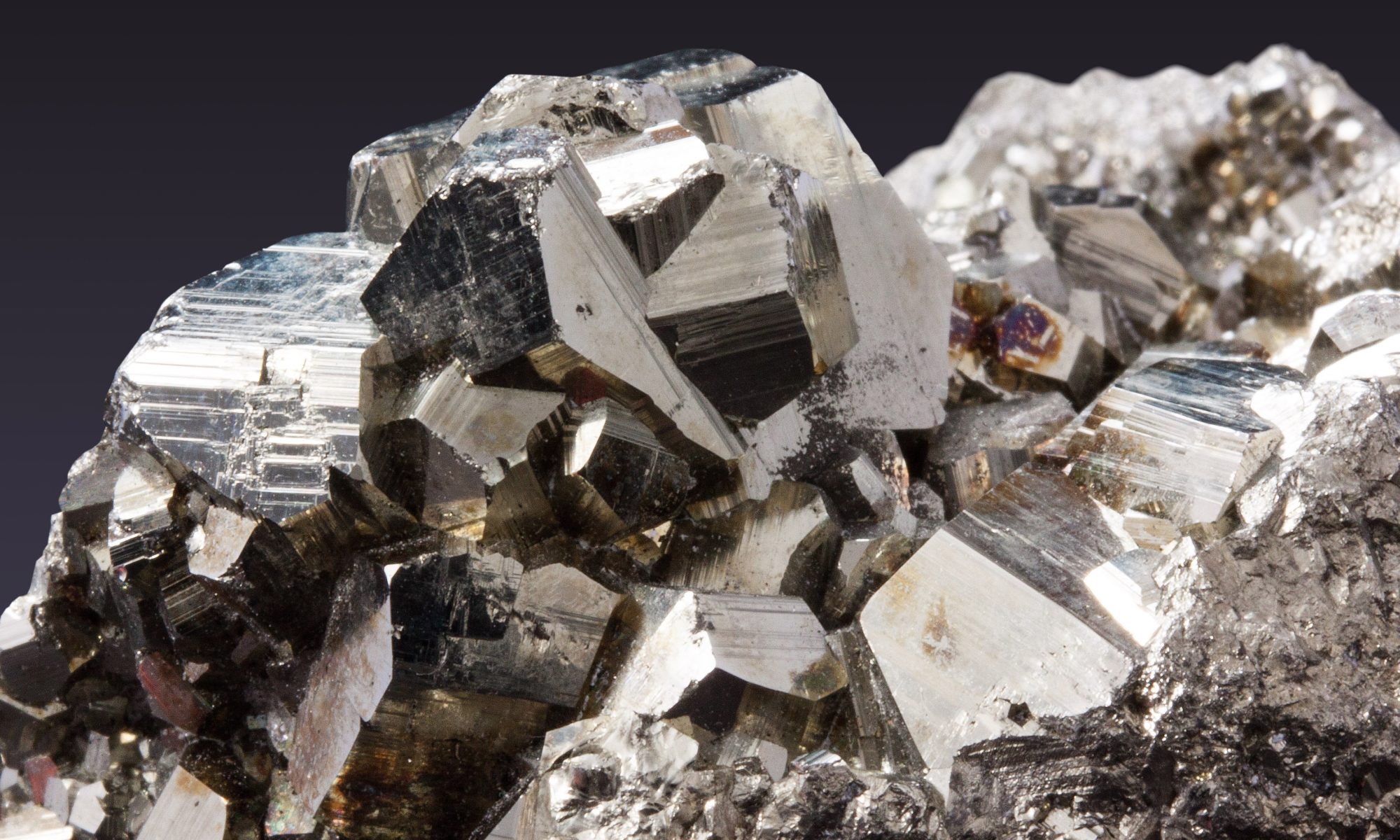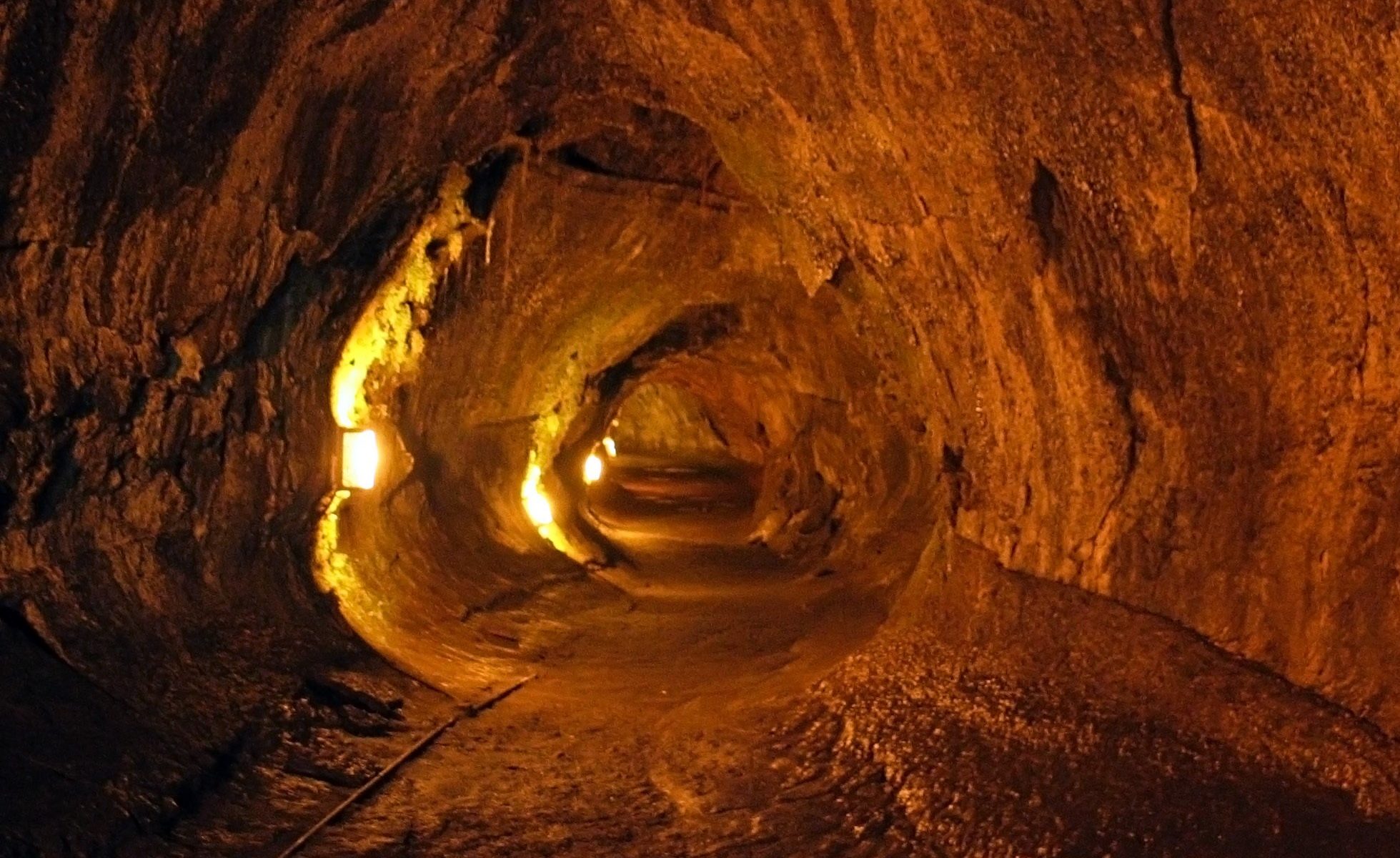Featured Image: Yosemite National Park, California, USA by Thomas H. from Pixabay
Authors: Louis F. Oppenheim, Valbone Memeti, Calvin G. Barnes, Melissa Chambers, Joachim Krause, and Rosario Esposito
Earth’s landscapes provide evidence of the geological processes which have shaped it over the past 4 billion years. The Earth’s crust, our planet’s outermost layer, preserves an extensive record of these processes. Within the crust igneous rocks which were once molten at depth and fed active volcanic eruptions, preserve evidence of the inner workings of volcanoes. These inner workings or “magmatic plumbing systems” are the focus of recent work by Oppenheim et al. (2021). In this work, Oppenheim and co-authors studied the crystal record of fossilized plumbing systems in order to provide new insights into the storage conditions and transport mechanisms of magma within Earths’ crust.
Continue reading “What Lies Beneath: Tracing Magma Interactions Within Earth’s Crust”






